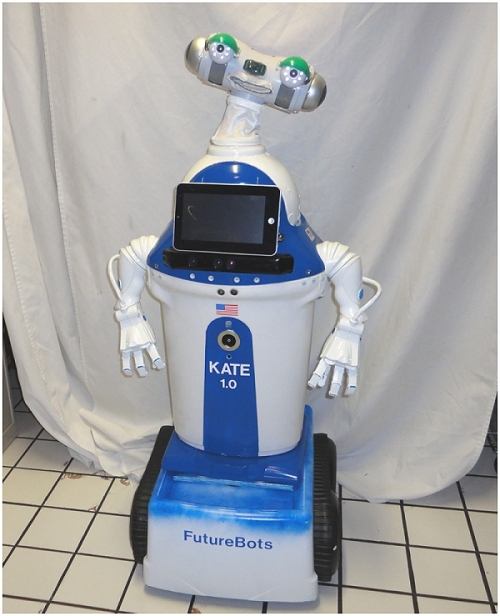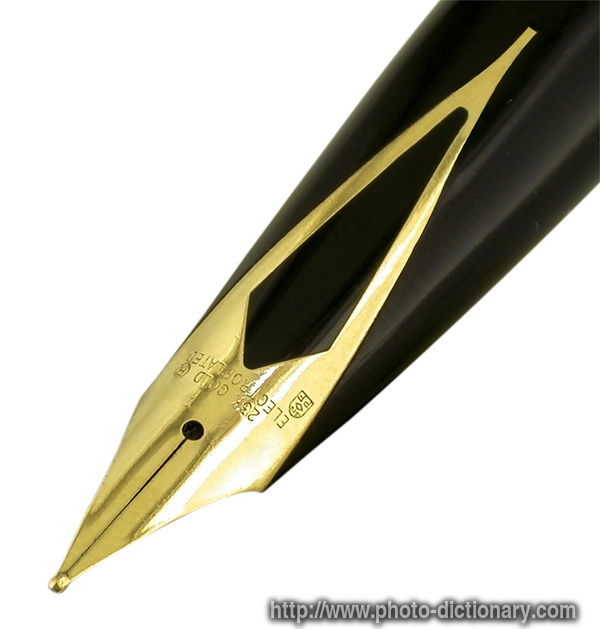31
Applied Science / Rapid and Simple Toxicity Detection
« on: February 04, 2014, 04:37:10 PM »
Modern Water (UK) design, develop and provision analytical instruments and technologies for monitoring toxicity in water, soil, food and industry. Their systems use bioluminescent bacteria to perform biosensor testing that detects the presence of toxic substances.
Biosensor tests using bioluminescent bacteria have been in use for 30 years and their capability in detecting toxic substances is well understood. They use the principle that certain strains of bacteria emit light when healthy. When they are exposed to toxic substances, the amount of light emitted reduces. The greater the toxicity of the sample, the lower the light emitted. Measuring changes in light between healthy bacteria and bacteria exposed to toxic substances will therefore indicate the presence of a toxicant in a water sample.
Modern Water's Microtox M500 toxicity test system is the industry standard for laboratory-based rapid toxicity screening and analysis. It is a temperature-controlled, self-calibrating photometer that measures acute toxicity. Microtox M500 is used to monitor for either accidental or deliberate contamination of both water supplies and waste water.
DeltaTox II is the portable, acute toxicity analyser used with the Microtox technology. It is a simple, rapid, extremely responsive, portable water quality test system and, in addition to acute toxicity screening, it can also be used to monitor microbial contamination through adenosine triphosphate (ATP) testing.
Later on this year Modern Water will also launch its new Microtox CTM which is a site-based, broad range Continuous Toxicity Monitor (CTM). It applies the principles of Microtox bioluminescent testing to real-time, online applications. Fully automated, it can operate onsite for up to 28 days without operator intervention or maintenance. For rapid toxicity testing choose Microtox – over 3,000 units sold worldwide.

Biosensor tests using bioluminescent bacteria have been in use for 30 years and their capability in detecting toxic substances is well understood. They use the principle that certain strains of bacteria emit light when healthy. When they are exposed to toxic substances, the amount of light emitted reduces. The greater the toxicity of the sample, the lower the light emitted. Measuring changes in light between healthy bacteria and bacteria exposed to toxic substances will therefore indicate the presence of a toxicant in a water sample.
Modern Water's Microtox M500 toxicity test system is the industry standard for laboratory-based rapid toxicity screening and analysis. It is a temperature-controlled, self-calibrating photometer that measures acute toxicity. Microtox M500 is used to monitor for either accidental or deliberate contamination of both water supplies and waste water.
DeltaTox II is the portable, acute toxicity analyser used with the Microtox technology. It is a simple, rapid, extremely responsive, portable water quality test system and, in addition to acute toxicity screening, it can also be used to monitor microbial contamination through adenosine triphosphate (ATP) testing.
Later on this year Modern Water will also launch its new Microtox CTM which is a site-based, broad range Continuous Toxicity Monitor (CTM). It applies the principles of Microtox bioluminescent testing to real-time, online applications. Fully automated, it can operate onsite for up to 28 days without operator intervention or maintenance. For rapid toxicity testing choose Microtox – over 3,000 units sold worldwide.











